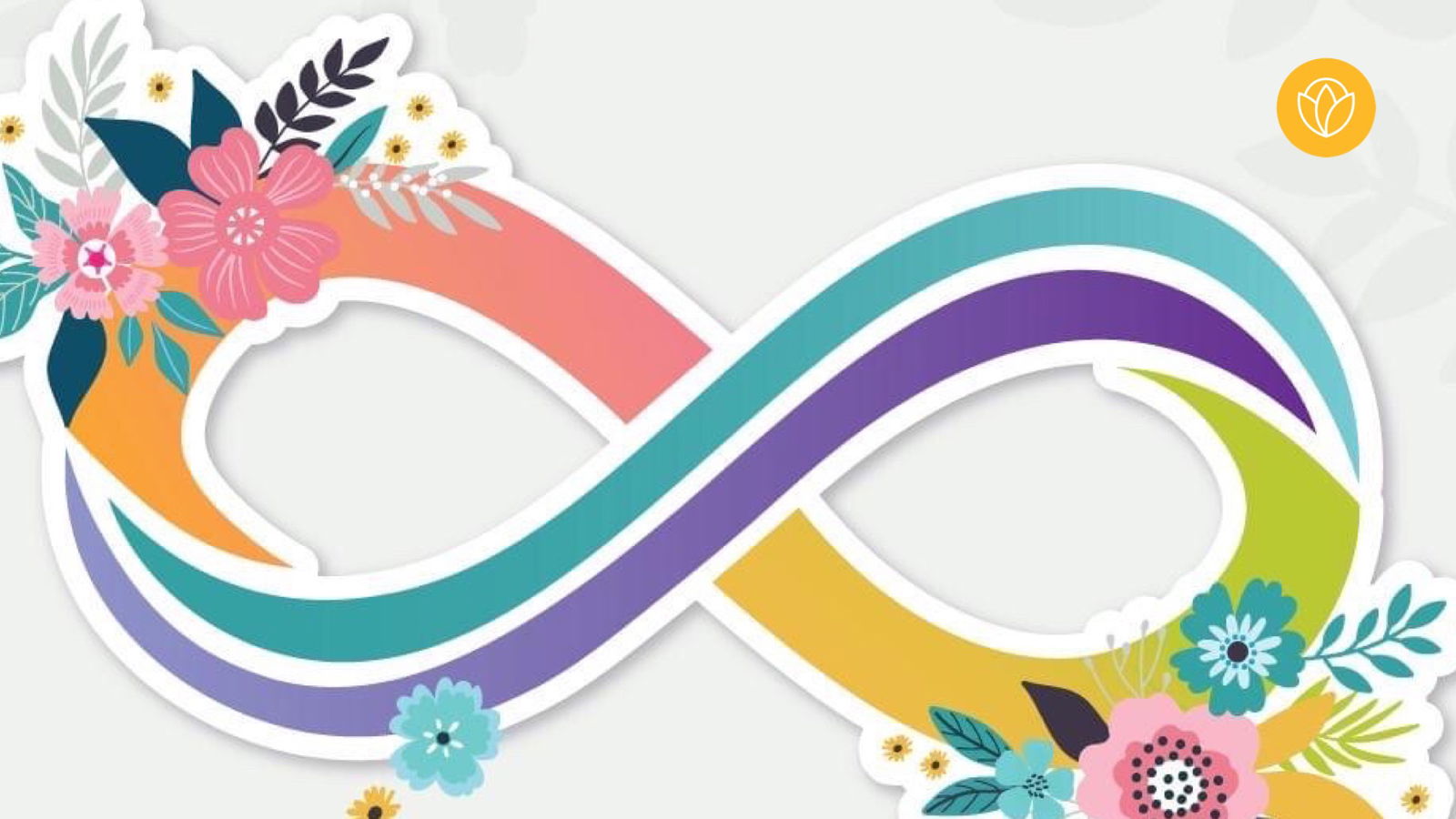Top 10 Tips for Parents from an ABA Professional
If you have a child with autism, you’ve almost certainly heard of ABA. If you’re new to the world of autism, you might not be familiar with the term, but you’re certainly familiar with the practice. ABA stands for Applied Behavior Analysis and it’s the science of studying (analyzing) behavior and shaping it through applying what you learn. ABA is not specific to the special needs community. You’ve probably heard of Pavlov’s dogs salivating when they heard a bell even though there was no food in sight. ABA is how animal trainers teach service dogs to help their owners. ABA is why we follow the speed limit (mostly) even when no cops are around. ABA is how you get your children to do their homework. ABA is why your husband puts the toilet seat down. ABA is used to help with smoking cessation and weight loss. ABA is how social media determines what to show you to keep you on their site. It even determines how items are shelved in stores. In most daily life applications, the principles of ABA can be applied without formally collecting and analyzing data constantly and you are likely doing this without even being aware of it.
When referring to ABA therapy, it means someone is using this science to target specific skills or behaviors which, when increased or decreased, will enhance the quality of life for an individual. Being able to dress oneself independently may require very specific instructions and hundreds upon hundreds of attempts. Being able to ask for a specific food or drink isn’t a skill all children learn without intensive instruction. Learning to not engage in self-injurious behaviors (such as hitting or biting oneself, for example) might require a great deal of intervention and support to learn other – replacement – behaviors. If you’ve found yourself as a parent or caregiver requesting ABA services for your child, here are some things you should know to ensure the best outcome.
Top 10 Tips for Parents from an ABA Professional:
- Hire a good program supervisor and service team. There are lots of technicians and program supervisors, but not all are well-trained. Ask any potential service provider or program supervisor lots of questions about their training, their credentials, their techniques, their experience, and their assessments AND request their references. You can access a list of certified behavior analysts and behavior technicians through the Behavior Analyst Certification Board.
- Do your research. There is lots of information out there, but just because it’s out there doesn’t mean it’s helpful or factual. Make sure any resources are peer-reviewed, backed by science, and come from reputable sources. If you don’t know where to get this information or what these things mean, ask. There are advocacy groups and parent support groups that can help you navigate this process. A Board Certified Behavior Analyst (BCaBA, BCBA, BCBA-D) should be able to provide you with resources, also.
- Ask questions. Lots of questions. Ask what assessments are being used and why. Ask what goals are being set and why. Ask what type of instruction will be implemented, what type of data will be collected, how often data will be analyzed, what will happen if goals aren’t being met, and why. There should be a scientific explanation to answer every “why” question. If you don’t like the answers your professionals are providing, keep asking or find another provider.
- Be involved. ABA is not something that happens just when service providers are in session with your child. Discuss how much parent involvement there should be during intensive sessions and ask for ways to generalize what your child is learning to their natural environment. (That’s a fancy way to say help your child use what they are learning in real world situations.) Understand what reinforces (increases) your child’s behavior and what punishes (decreases) your child’s behavior and which behaviors should be reinforced or punished. You don’t want to undo the progress that’s being made between sessions by contradicting or undermining what your service team is trying to accomplish. This rarely happens intentionally, but often happens out of lack of understanding.
- Be committed. This isn’t a seasonal process like school. This isn’t an extracurricular activity. This is behavioral medicine. Just like you wouldn’t skip your child’s heart medicine to give them ice cream, don’t skip their ABA session to take them swimming. Of course your family should take vacations and do fun things and enjoy life, but consistency is really important. When you decide with your service team how much and how often your child needs services, commit to those services. Sometimes that will mean taking a behavior technician along with you on an activity (but not every session). These can be wonderful opportunities to generalize those skills that have been learned and identify some other skill deficits, so make sure to set goals for these outings, too.
- Remember that it’s a process. Applied Behavior Analysis (ABA) is a science, just like all other sciences. There are hypotheses, experiments, and evaluations. Every individual is different and that is why the analysis of data is really important to ensure the treatment strategies are effective for your child. There may be some things that work for a while and then don’t. There may be things you try that don’t help at all. There may be surges, plateaus, and slips in progress. A well-trained analyst will be able to make adjustments and find the right approaches. You must trust the scientific process, though. It’s not wrong to consult other analysts when a situation is particularly challenging, but do so in coordination with your well-vetted, carefully-selected program supervisor. Don’t jump ship just because the ABA process includes challenges. You will need to be both persistent and patient.
- Identify what’s important to your family. For some families, it’s really important for a child to be able to communicate independently with strangers. For some, it’s an absolute must that a child be able to dress himself and brush his own teeth. For some families, spending a day at the zoo without a behavioral meltdown will be the most rewarding experience. Of course you want all of these things for your child, but it’s okay to choose the one that will benefit your family, especially your child, the most to focus on first. ABA is about improving the quality of life and that looks a little different for everyone.
- Learn the language. Just like most things, ABA has it’s own vocabulary. When you learn the language and use it correctly, you will be able to communicate with service providers more effectively and will become a better advocate for your child in all environments. Reinforcement doesn’t mean candy and punishment doesn’t mean spankings. Discrete trials are not secrets and natural environment teaching doesn’t require hiking boots. If you hear a word that you don’t understand, ask what it means and how it applies to ABA.
- Have a coordinated service team. Make sure your SLP, PT, OT, MD, teacher, and BCBA are all on the same page. If your ABA program includes a goal to make a request with 2 approximations of descriptive words and your SLP only requires one well-articulated word, your child may become confused and progress may be thwarted. This is why IEP teams consist of all the individuals supporting a child at school. You can bring your home service team into these meetings with you. You can share documents from one provider with another. Getting everyone focused on the same goals and expecting the same standards is crucial and you doing 1-8 on this list is going to help you as the ultimate service team coordinator support the best possible outcome for your child.
- Remember to just let your child be a child. Of course you need to be involved and implement programming sometimes, but it’s really important that you also remember to just let your child be a child sometimes and that you let yourself just be a parent. Have fun. Play. Engage in what they love even if it’s only parallel play (another term you’ll need to learn). Let them be with other kids without a support person intervening in every interaction. As atypical as your child may be in many ways, make sure you don’t deprive them of all typical experiences. While you’re trying to help them learn skills to support them in life, make sure they don’t miss out on enjoying life all along the way.

 Author Heather Wooden is a local wife and mom of two, almost-6-year-old RT and 3-year-old Lily, who transplanted to the Memphis area from Virginia in 2010. Heather served children with special needs and their families for more than a decade providing assessments and home-based, school-based, and clinic-based services to children ages 2-18. She was a contracted consultant to a number of school districts throughout Southwest Tennessee and Northeast Mississippi. Prior to taking voluntary leave to stay at home with her children, she served the community as a Board Certified Assistant Behavior Analyst (BCaBA). She now works from home as a travel agent and is the owner of Quality Time Adventures.
Author Heather Wooden is a local wife and mom of two, almost-6-year-old RT and 3-year-old Lily, who transplanted to the Memphis area from Virginia in 2010. Heather served children with special needs and their families for more than a decade providing assessments and home-based, school-based, and clinic-based services to children ages 2-18. She was a contracted consultant to a number of school districts throughout Southwest Tennessee and Northeast Mississippi. Prior to taking voluntary leave to stay at home with her children, she served the community as a Board Certified Assistant Behavior Analyst (BCaBA). She now works from home as a travel agent and is the owner of Quality Time Adventures.







